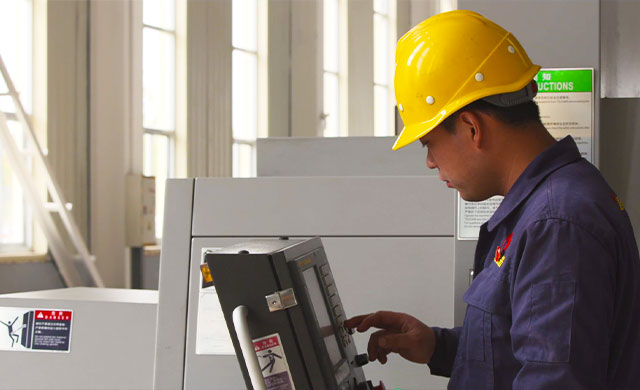
11 月 . 03, 2024 06:22
Back to list
gas pressure reducer
Understanding Gas Pressure Reducers Essentials and Applications
Gas pressure reducers are critical components in various industrial and commercial applications. They play a vital role in managing and controlling gas pressure to ensure safety, efficiency, and functionality in gas-delivery systems.
At the core of a gas pressure reducer is its primary purpose to lower the high inlet pressure of gas to a desired, manageable level suitable for specific applications. These devices are crucial in systems where gas must be transmitted safely and effectively, such as in heating systems, gas-fired appliances, and various industrial processes.
The basic operation of a gas pressure reducer involves a mechanism that adjusts and maintains output pressure, regardless of fluctuations in inlet pressure. Most commonly, these devices utilize a diaphragm or piston-based design. As the gas enters the reducer, the inlet pressure acts against a diaphragm, which moves in response to the force exerted on it. This movement translates into a reduction of the gas pressure before it reaches the outlet.
One of the key features of a gas pressure reducer is its ability to provide a consistent output pressure. This reliability is crucial because fluctuations can lead to inefficient operation, increased energy consumption, or even safety hazards such as gas leaks or explosions. Thus, pressure reducers are often equipped with pressure gauges to allow monitoring and, if necessary, adjustments to maintain optimal performance.
gas pressure reducer

Different types of gas pressure reducers exist to suit various needs and gas types, including natural gas, propane, and other industrial gases. For instance, first-stage and second-stage regulators are commonly used in high-pressure systems, where multiple stages of pressure reduction are necessary. First-stage regulators reduce the high inlet pressure to an intermediate level, while second-stage regulators lower it further to the desired operational pressure.
Additionally, safety features are integral to the design of gas pressure reducers. Many units include relief valves that vent excess pressure, thus preventing potential damage or hazardous situations. Some reducers also feature built-in filters to remove impurities from the gas, ensuring a cleaner and safer delivery.
In terms of applications, gas pressure reducers are ubiquitous. They are found in residential settings, managing the supply to furnaces, water heaters, and stoves. In industrial contexts, they are essential in processes where precise gas flow and pressure are critical, such as in chemical processing, manufacturing, and even in some energy generation systems.
Given the importance of gas pressure reducers in ensuring safe and efficient gas utilization, proper selection, installation, and maintenance cannot be overlooked. Users must ensure that the chosen reducer is compatible with the specific type of gas and meets the pressure requirements of their applications. Regular inspections and maintenance checks are also recommended to ensure long-term reliability and safety.
In conclusion, gas pressure reducers are indispensable devices that ensure the safe and efficient operation of gas systems across various sectors. By effectively managing gas pressure and incorporating safety mechanisms, these reducers play a crucial role in protecting both people and equipment, thereby highlighting their importance in modern gas utilization.
Next:
Latest news
-
Unlocking The Quality Gas Pressure ReducersNewsNov.01,2024
-
The Role of Gas Pressure Reducing StationsNewsNov.01,2024
-
The Importance and Functionality of Safety Relief ValvesNewsNov.01,2024
-
The Essential Role of Safety Valves in Natural Gas ApplicationsNewsNov.01,2024
-
The Essential Role of Gas Pressure RegulatorsNewsNov.01,2024
-
Enhance Your Premium Gas FiltersNewsNov.01,2024

